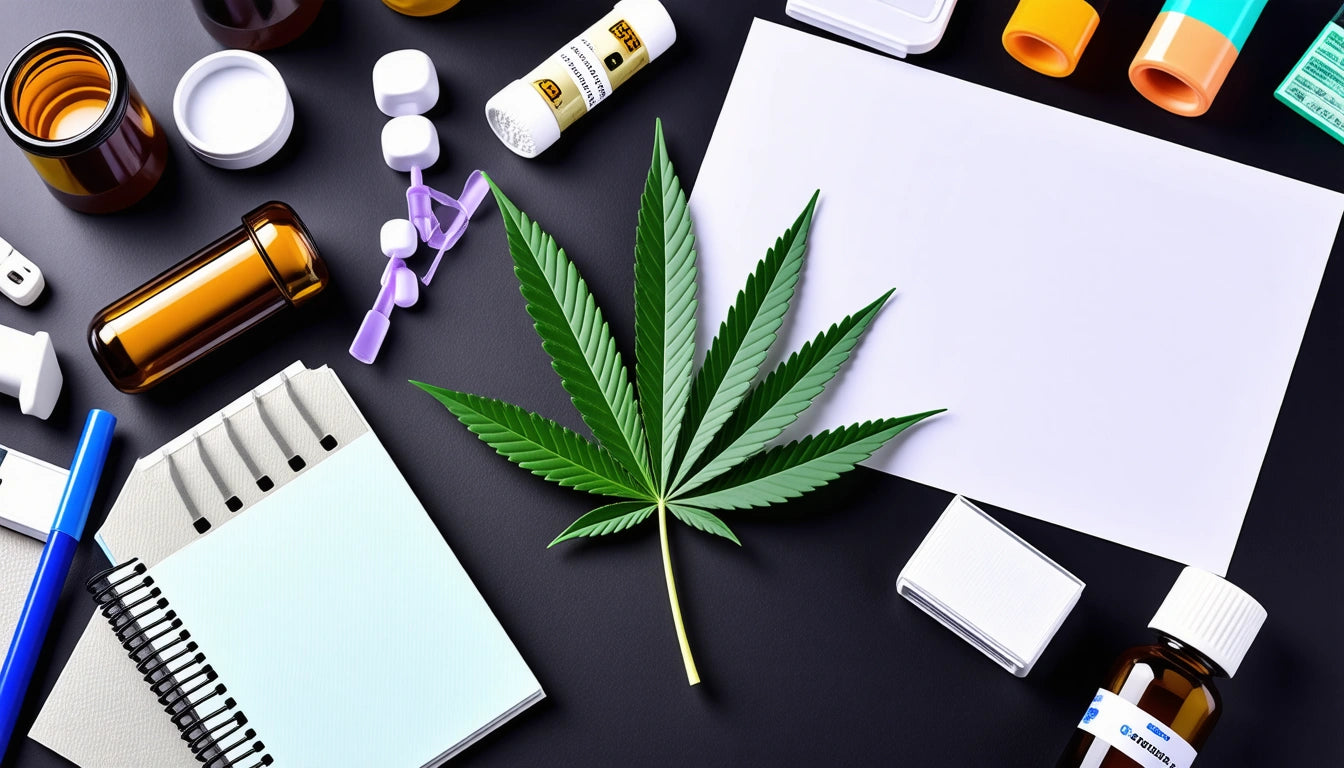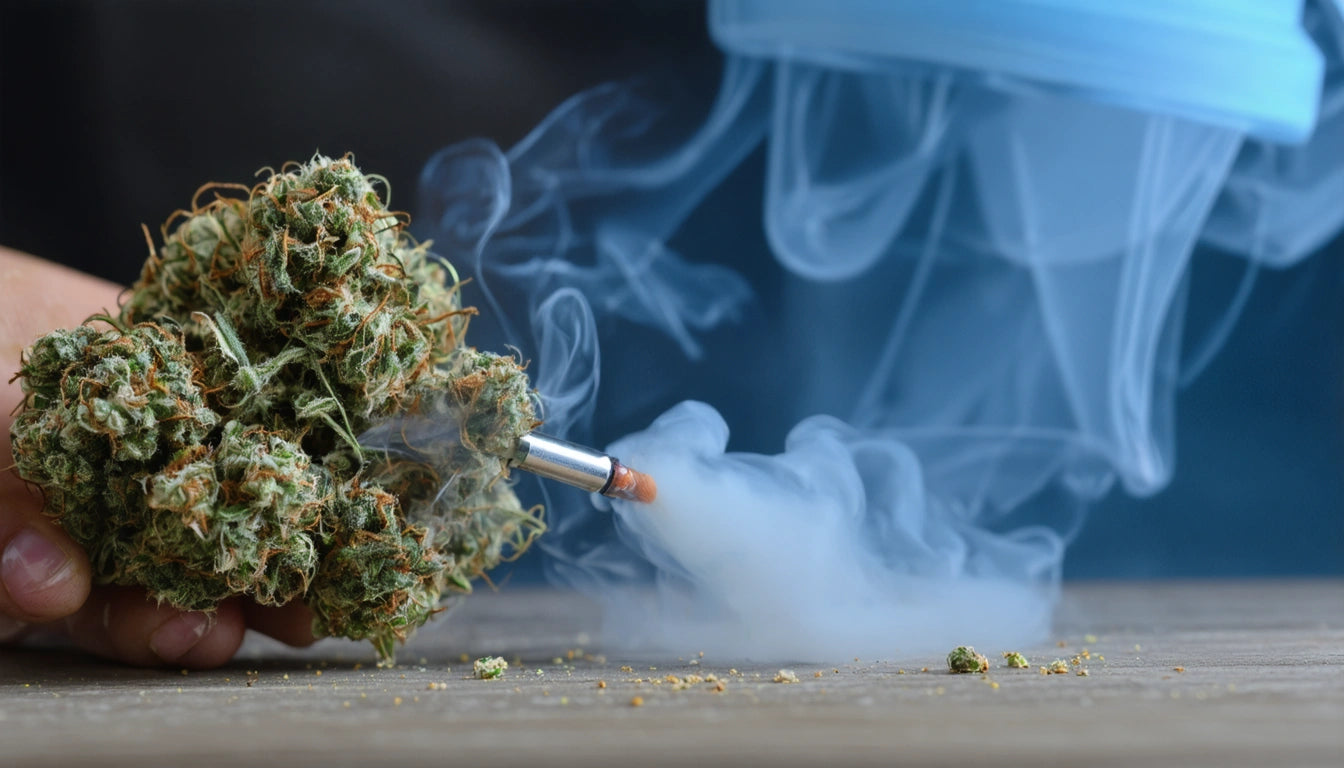Table of Contents
How Accurate Are Home THC Tests?
Home THC tests have become increasingly popular for individuals wanting to check their cannabis consumption levels before official screenings. These accessible testing options promise convenience but raise important questions about their reliability. Understanding the accuracy of at-home THC tests can help users make informed decisions about when and how to use these products.
Understanding Home THC Tests: Types and Methods
At-home THC tests typically use immunoassay technology to detect the presence of THC metabolites in biological samples. Most commonly available as urine tests, these kits also come in saliva and hair follicle versions. Each testing method offers different detection windows and sensitivity levels.
According to research on top at-home THC testing kits, urine tests remain the most common due to their non-invasive nature and relatively reliable results for recent consumption. These tests typically detect THC-COOH, the metabolized form of THC that remains in the system long after the psychoactive effects have subsided.
Accuracy Factors: What Influences Test Results
Several factors affect how accurate are home drug tests for THC:
- Test sensitivity threshold (typically 50ng/mL for standard tests)
- Sample collection quality and timing
- User adherence to instructions
- Storage conditions of the test kit
- Individual metabolism and hydration levels
- Frequency and quantity of cannabis consumption
Even when following instructions perfectly, various physiological factors can influence results. For instance, those who frequently use cannabis products may have detectable THC metabolites for significantly longer periods than occasional users.
Detection Thresholds: Understanding Sensitivity Levels
A critical factor in determining how accurate is a home THC test is its detection threshold. Most consumer-grade tests use a 50ng/mL cutoff for THC metabolites in urine, while professional lab tests can detect levels as low as 15ng/mL or even 5ng/mL.
This difference in sensitivity means that a negative result on a home test doesn't necessarily guarantee passing a more sensitive lab test. When evaluating whether at home THC tests accurate claims are valid, it's important to check the specific sensitivity threshold of the product.
Common Errors: Why False Results Occur
False positives and false negatives can occur with home THC tests for several reasons:
False Positive Causes
- Cross-reactivity with other substances or medications
- Contaminated sample collection containers
- Expired test kits
- Passive exposure to high concentrations of cannabis smoke
False Negative Causes
- Diluted urine samples from excessive water consumption
- Testing too early after consumption
- Improper test storage compromising reagents
- Adulteration of samples
Understanding how THC and its metabolites work can help users better interpret their test results and avoid common pitfalls that lead to inaccurate readings.
Comparing Test Types: Urine vs. Saliva vs. Hair
When considering how accurate are at home drug tests for THC, it's important to compare different testing methods:
- Urine tests: Generally 95-98% accurate when used correctly, detecting use within the past 3-30 days depending on usage patterns
- Saliva tests: Approximately 90-95% accurate, with a shorter detection window of 24-72 hours
- Hair tests: Up to 90% accurate for long-term detection (up to 90 days), but less reliable for recent use
Each method has distinct advantages for different situations. For example, those concerned about recent consumption might find saliva tests more relevant, while those looking to verify longer periods of abstinence might consider hair testing options.
Industry professionals who work with various cannabis products, from flower to pre-rolled cones and custom packaging solutions, often need to understand these testing differences to educate their customers appropriately.
Reliability Assessment: How Home Tests Compare to Lab Testing
The gold standard for THC testing remains laboratory gas chromatography-mass spectrometry (GC-MS) analysis. Home tests serve primarily as preliminary screening tools rather than definitive assessments.
Research indicates that when asking are home THC tests accurate, the answer is qualified: they're reasonably reliable as screening tools (90-95% concordance with lab results) but should not be considered definitive. False negatives are more common than false positives, particularly with diluted samples or when testing occurs at the threshold of detection limits.
For those concerned about employment screening or legal matters, understanding the complete testing process is crucial. Many official testing protocols involve a two-step process: an initial immunoassay screening (similar to home tests) followed by confirmatory GC-MS testing for positive results.
This two-tier approach significantly reduces the likelihood of false positives in professional settings, a safeguard not available with home testing alone.
Practical Considerations for Reliable Home Testing
To maximize the accuracy of at-home THC testing:
- Purchase tests from reputable manufacturers with published accuracy rates
- Check expiration dates before use
- Follow collection instructions precisely
- Test at the appropriate time based on your consumption patterns
- Consider confirming positive results with secondary testing
- Understand that different bodily fluids retain THC differently
While home THC tests provide valuable preliminary information, their limitations should be acknowledged. For situations where accuracy is paramount, professional laboratory testing remains the most reliable option.











Leave a comment
All comments are moderated before being published.
This site is protected by hCaptcha and the hCaptcha Privacy Policy and Terms of Service apply.